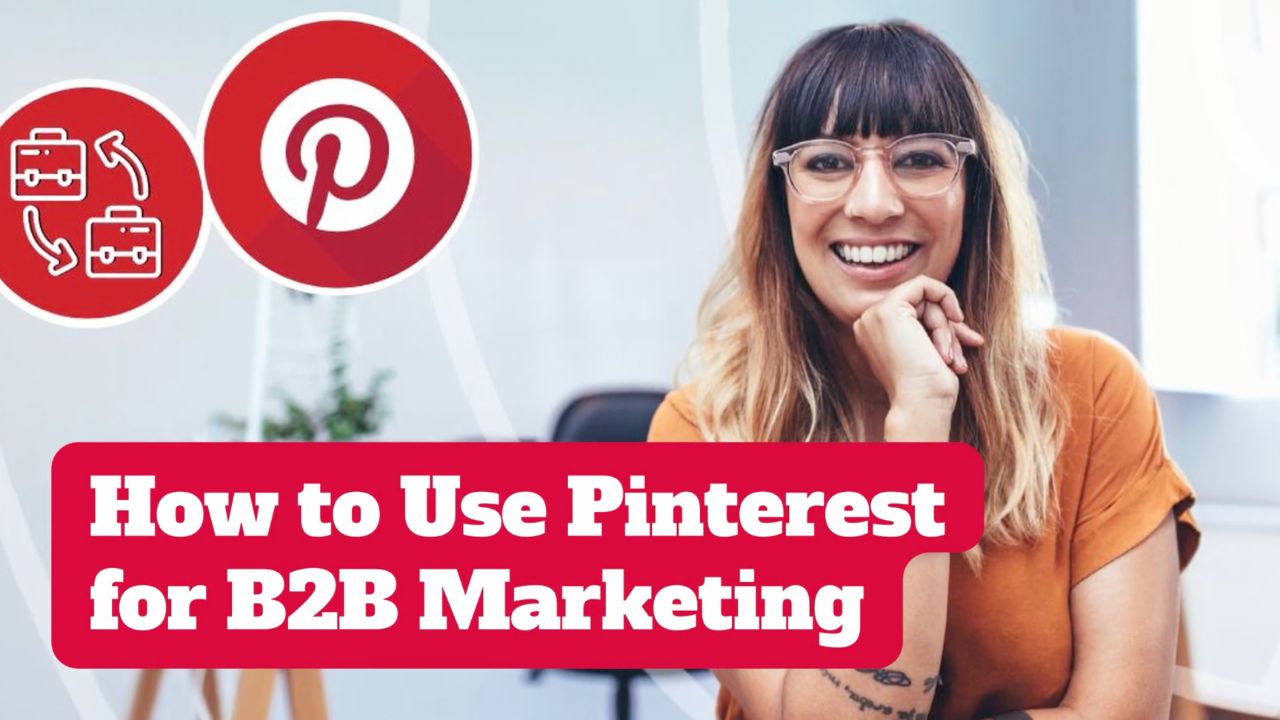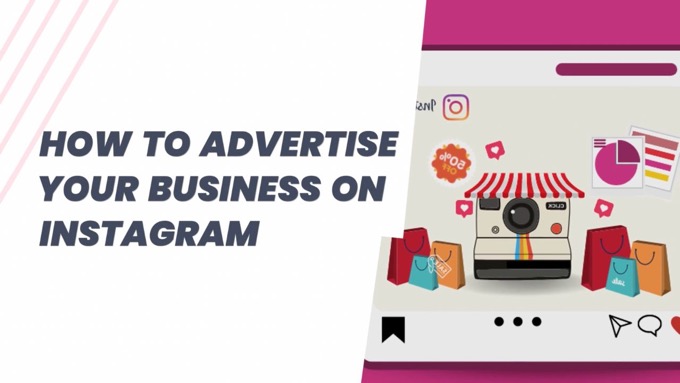For B2B marketing, Pinterest may not top the list...
But it shouldn't be dismissed either!
A good proportion of their relatively affluent 500+ million users are likely to be key decision makers and business owners.
So how should you approach Pinterest for B2B marketing?
Isn’t the platform all about the latest clothing, home decor items and recipe ideas?
Far from it!
In this post, we’ll explore how you can effectively harness Pinterest's power for B2B marketing, including how to:
- Understand your audience
- Set up your profile in the most effective way
- Create and share content to attract your target market
- Measure your success and optimize your results.
Whether you’re new to the platform, or simply keen to better understand it for B2B marketing, this post will help you use Pinterest to its maximum potential...
How to Understand Your Pinterest Audience
First, it’s important to be clear about the platform’s user base and what they’re interested in.
It may have gained a reputation as a platform focused on fashion, recipes, home decor and similar in its early years, but it has since evolved to cover a wide range of interests and demographics.
In other words, you’re very likely to find your audience—people interested in topics related to your niche—on the platform too.
Don't dismiss Pinterest for B2B marketing. It's got far more users than X, they're relatively affluent, and it's likely a good proportion are business decision-makers!Click To Post On- With over 500 million monthly active users, the platform is still predominantly female with only around 20% of users who are male.
In finding your own audience on Pinterest, start by asking:
- What are they interested in?
- What are some of their common behaviors and traits?
Then start looking for places where they are congregating on the platform, such as by:
- Identifying popular boards and Pins in related areas
- Searching for keywords relevant to your industry or niche.
(Regarding the latter, Pinterest is actually more of a search engine than a traditional social media platform!)
If you already have a presence on Pinterest and have been publishing content on the platform, look at the demographics of users who are already engaging with you.
You can do this via their Audience Insights tool.

This gives you various stats about your audience over the last 30 days, including:
- Categories and related interests
- Age and gender
- Location
- Devices used.

Check out lots of other content on Pinterest that:
- Relates to your niche
- Doesn’t relate directly but which relates to categories and interests in Audience Insights for your profile.
Consider what types of content is attracting the most engagement. This helps:
- Guide your own strategy on the platform
- Inspire your content.
More on creating and sharing content for B2B audiences below…
Optimize Your Pinterest Profile for B2B Marketing
Here are 4 key steps for optimizing your profile and using Pinterest effectively for B2B marketing.
They cover the foundations of setting up a business account and optimizing your profile to help your target audience find you.
In the next section, we then move on to actually starting to pin content on the platform.
1. Create a Business Account
The first step is to ensure your Pinterest profile is a business account rather than a personal profile. A business account gives you access to things like analytics (like the Audience Insights tool mentioned above), along with the ability to do things like:
- Run ads
- Allow others to help manage the account
- Create rich Pins (more on rich Pins in the next section).
If you already have a business account, you’ll see something like the following at the top of Pinterest:

If not, it’s time to convert.
To do so, click your profile, and then the Convert to business link as shown:
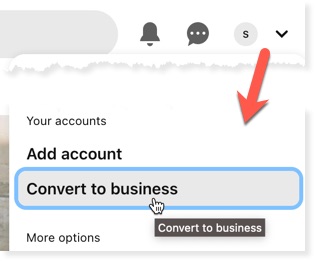
Confirm you wish to upgrade, and then provide further information about your business as requested, such as your website.

Fill in as much information as you can. This helps Pinterest know who is likely to find your profile of interest, as well as gauges your potential interest in advertising on the platform.
2. Fill Out Your Profile Information
Once you’ve upgraded your profile to a business one, the next step is to complete your profile.
This includes information such as:
- The name of your business
- Information about your business (a ‘bio’) — you’re allowed up to 500 characters. Think about keywords that your target audience are interested in, but make it sound natural and appealing. Don’t get hung up on trying to make it perfect, you can always improve it later…
- Your website
- Your username.
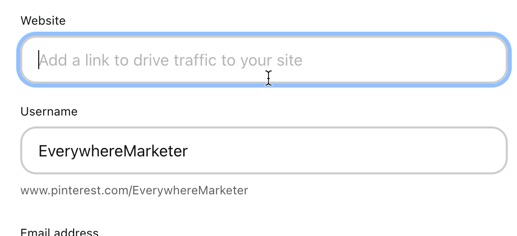
3. Claim Your Website
You now need to verify with Pinterest that you own your website. This allows you to:
- See analytics for Pins published from your site
- See analytics for Pins created from your site by other people
- Have your profile picture show next to Pins from your site along with a Follow button.
Click Claimed accounts from the menu, and click the Claim button:
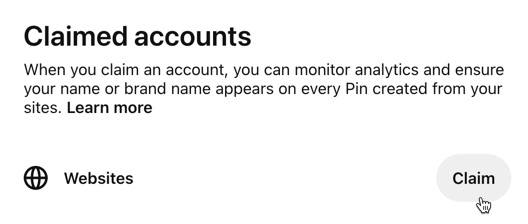
Choose which option you want to use to claim your website—you need to either add an HTML tag they provide to your site, upload a file they give you, or add a TXT record to your domain hosting account.
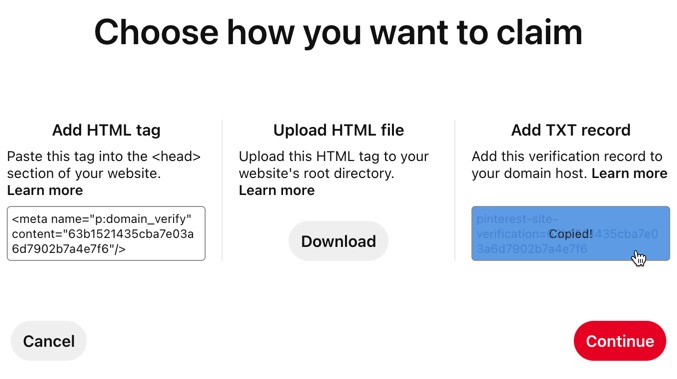
Then enter your website’s URL and click to verify.
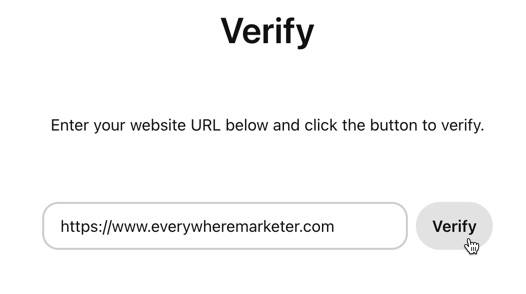
4. Create Some Relevant Boards
Boards are separate areas within Pinterest that you can pin content to.
Create some boards using relevant keywords in their titles to help your target audience find your content.
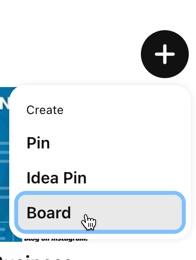
Think about some relevant keywords that your target audience might already be searching for on Pinterest, and that potentially also reflect content you publish elsewhere.
- If your business publishes a blog, you may already have specific category areas that you publish posts to—use these as the basis of some or all of your boards
- If you publish regular videos to a YouTube channel, you may similarly have playlists that reflect relevant keywords for your niche—use these in the same way.
7 Tips for Creating and Sharing Effective B2B Content on Pinterest
1. Focus on High-Quality Visual Content
For your B2B marketing on Pinterest to be effective, it’s important to focus on high-quality visual content that's engaging and informative.
Unlike other social platforms, posts on Pinterest have a much longer shelf life, so prioritize quality over quantity. Aim to pin visually appealing content that you’re happy to represent your brand for potentially years to come.
For B2B purposes, one way to approach it is to showcase your brand's products or services with infographics, product photos, and videos.
However, if you’re already regularly publishing content elsewhere, such as on a blog and YouTube channel, a potentially more effective approach is to use that as the basis of your marketing strategy on Pinterest, while remembering to keep it visual.
Here’s how…
2. Repurpose Content You Already Publish Elsewhere!
Already publishing on a blog or YouTube channel? Then you’re in the ideal position to be able to start publishing regularly and consistently onto Pinterest with highly engaging content.
Here are some examples of how to repurpose blog posts:
- Create a short summary of the blog post (around 100-150 words) and create an animated video (here are some tools that can help) or use as the basis of a talking head video. Use the video as the basis of a Pin.
- Create an infographic based on information shared in the blog post. Again, here are some tools that help with this. Most types of post can be repurposed in this way, they don’t have to be stats-driven. Share the infographic as a Pin.
- If your blog post is a how-to type, create a how-to pin! Create a visual that summarizes the main steps, and invite people to visit your blog for the full lowdown.
- If the post is a list of tips, turn each tip into an engaging visual that can be shared as a Pin.
- Create a handful of engaging quotes based on your post, and use these as the basis of Pinterest posts.
Many of the examples above will work with videos too.
In addition, for longer videos, create shorter clips that can serve as Pins. Remember to add captions as many people view videos on the platform without sound.
For creating effective B2B content to share on Pinterest, repurpose content you already publish elsewhere, making it highly visual. Systemize it for regular, consistent Pins.Click To Post OnSome of these might sound a bit onerous to take care of. But rather than think of it as a one-off activity, think of it as something you do regularly and consistently to create new Pins.
That allows you to think about creating a process you then refine, improve and make more efficient over time, and one that can be easily outsourced to others.
Doing so means you keep showing up on Pinterest in a more disciplined way, rather than as an activity that can easily become sporadic. Showing up regularly and consistently on Pinterest, and over an extended period of time, is ultimately how you’ll grow an audience on the platform and see steadily increasing results.
3. Take Advantage of Rich Pins
Rich Pins take advantage of social meta tags to add extra details into Pins that share your content. What’s more, if those tags are updated, your rich Pins will (generally) be updated to reflect the new info—so it keeps them evergreen.
The rich Pin info depends on the type of content you’re sharing, but can include things like:
- Pricing information
- Product availability
- Titles and descriptions
- Cook times
The different types of rich Pin include:
- Article rich Pins—with data such as the title, description and author, ideal for sharing blog posts and other written content related to your business.
- Recipe rich Pins—including serving size, a list of ingredients and cooking time
- Product rich Pins—with up-to-date pricing and availability information so your audience can see the latest info on what you’re selling (note that this type of rich Pin is only updated if you meet Pinterest’s merchant guidelines).
To use rich Pins:
- Ensure your website uses Open Graph meta tags (here’s a full guide). You can also use Schema.org meta data.
- Use Pinterest’s validator to ensure it can see the data correctly. If so, you’ll be approved, and Pins that link back to pages that use the tags will show as rich Pins (including existing Pins).
4. Incentivize Customers to Create Content for You!
- What if you could get other people to create Pins for you, happily and for zero cost?
Too good to be true?
This is where user-generated content (UGC) comes in.
To take advantage, encourage customers to share visuals of your products in action, and then repin the content on your own boards.
It’s a win for them too. They’ll get a lift from having their content shared and feel a sense of belonging (so inducing brand loyalty for you too!).
It also helps engender a sense of community around your brand on Pinterest.
5. Use Idea Pins
Idea Pins are a kind of evolution of a story-type post that you see on other social media platforms.
They are designed as multi-page, video-rich, highly-engaging posts (or rather, Pins) that show at the top of your Created tab.
However, whereas on platforms like Instagram, Facebook and YouTube, story posts are designed to be fleeting, generally disappearing after a set period of time, Idea Pins stick around and can be saved as with any other post.
And Idea Pins tend to get more engagement and attract more reach than regular Pins, so experiment with them and see what type of Idea Pin resonates best with your audience.
6. Promote Your Profile and Pins
For maximum impact from Pinterest with your B2B marketing, you need to promote your profile via other channels in order to drive traffic to your profile, grow your audience, and increase engagement with your Pins.
These other channels include:
- Email marketing—for example, invite subscribers to follow you, such as by including a link in a regular newsletter.
- Your website—such as a link to your profile from a sidebar or footer, and embedding relevant Pins from your profile into blog posts and similar.
- Other social media platforms.
Here’s a quick overview of how to grow your audience on Pinterest, which helps ramp up the initial engagement your Pins attract, and from there, gain wider distribution on the platform:
In addition, as a business account holder on Pinterest, you can promote your content via their ad platform, including specifically targeting the type of people you want to reach based on factors such as:
- Demographics
- Interests
- Behaviors.
7. Engage with Your Audience
Don’t forget to engage with your audience. Although it’s primarily a search engine, the social elements of Pinterest still count.
Engaging helps you to build relationships on the platform, and develop a sense of community around your profile that only encourages further engagement from others.
Increasing the engagement your Pins receive translates into greater authority and credibility, growing levels of traffic to your website from Pinterest and higher conversion rates when they arrive.
Aim to:
- Respond to comments
- Repin relevant content from others that add value to your own audience
- Follow relevant users and boards.
Measure the Success of Your Pinterest B2B Marketing Activities
Of course, when you’re using Pinterest for B2B marketing, you need to know how effective your activities are… and that means keeping track of some KPIs (key performance indicators) that help measure your success.
Some key metrics including the following:
- Impressions—in other words, the number of times your Pins have been viewed.
- Engagement—includes quantifying likes, comments, and repins in order to understand which types of content resonate best with your audience, and thereby help indicate how to improve in future.
- Clicks—the number of times someone has clicked on one of your Pins, usually taking them to your website. Ths metric can help indicate the effectiveness of your CTAs for example.
- Referral traffic—a similar metric, but rather than measuring clicks from Pinterest, this one measures visitors actually arriving at your site from the platform. The numbers may be very similar, but this KPI gives you a more accurate understanding of how much traffic the platform is driving, as compared with other marketing channels.
- Conversions—track the conversions that occur when visitors arrive on your website from Pinterest, such as filling in an opt-in form or making a purchase. This is one of the leading indicators for better understanding just how effective your Pinterest marketing is at driving results for your business, while also bearing in mind that social media marketing (at least, organically) is a long-term play.
- Revenue—how much revenue can be attributed to Pinterest traffic? This can help you understand the ROI of your marketing activities on the platform, and help guide future strategy.
Frequently Asked Questions
How can I optimize my Pinterest profile for B2B marketing?
Create a business account, fill out profile info, claim your website, and create relevant boards.
What types of content should I focus on for B2B marketing on Pinterest?
Focus on high-quality visual content like infographics, product photos, and videos.
How can I repurpose existing content for B2B marketing on Pinterest?
Create summary videos, infographics, how-to Pins, tip visuals, and quotes based on your existing content.
Why should I use rich Pins for B2B marketing on Pinterest?
Rich Pins add extra details and keep content evergreen, providing pricing, product details, and more.
How can I increase engagement on Pinterest for B2B marketing?
Engage with your audience by responding to comments, repinning relevant content, and following users.
To Conclude
Pinterest isn’t just for consumer brands, it can be highly effective for B2B marketing too when approached in the right way.
With over 500 million monthly active users, many of whom are affluent professionals, including in decision-making positions within businesses, you’re likely to find your target market on the platform!
As we have seen, by understanding your audience on Pinterest, optimizing your profile, creating relevant boards, and posting high-quality, visually appealing content regularly and consistently in a systemized way, you can:
- Spread your message
- Grow engagement
- Attract potential customers.
But remember it’s a long-term play. For best results, track your KPIs and keep optimizing your strategy over time.
